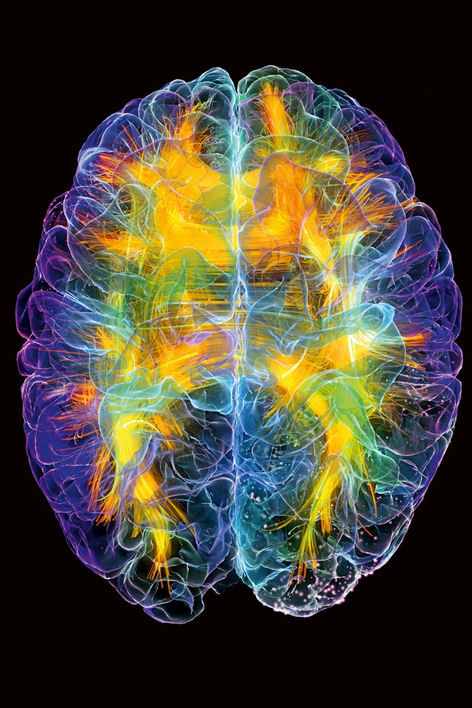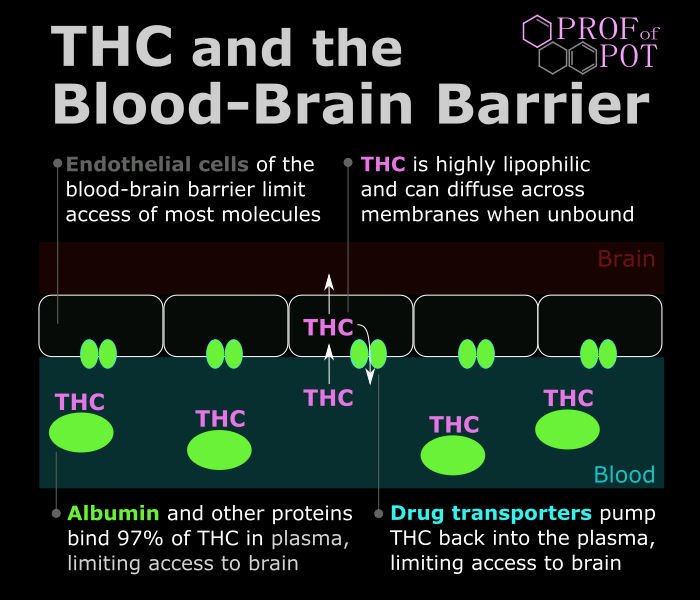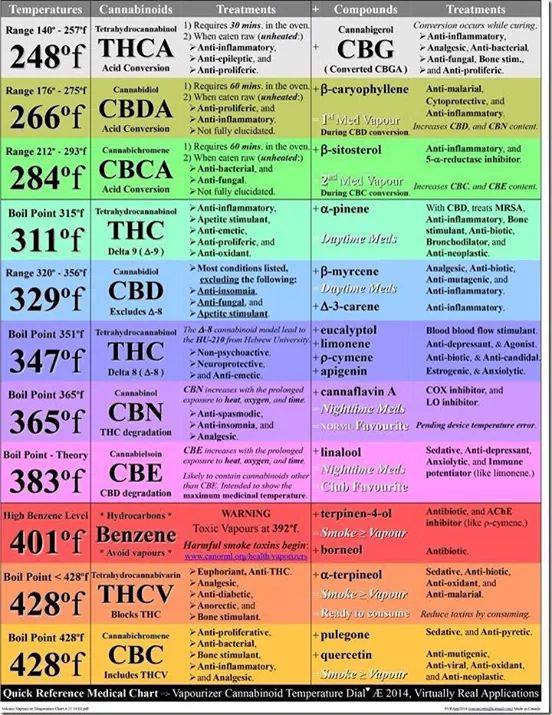
'Enoch, why dost thou ask me
regarding the fragrance of the tree, and why dost thou wish to learn the
truth?'
Then I answered him saying: 'I wish to know about everything,
but especially about this tree.'
He answered saying: 'This high
mountain which thou hast seen, whose summit is like the throne of God, is His
throne, where the Holy Great One, the Lord of Glory, the Eternal King, will
sit, when He shall come down to visit the Earth.
As for this fragrant
tree no mortal is permitted to touch it till the great judgement, when He shall
bring consummation.
It shall then be given to the righteous and holy.
Its fruit shall be for food to the elect: it shall be transplanted to
the holy place, to the temple of the Lord, Eternal King.
Then shall they
rejoice with joy and be glad.
Into the holy place shall they enter.
Its fragrance shall be in their bones.
They shall live a long
life on earth, such as thy fathers lived.
In their days shall no plague
or calamity touch them.'



Terpenoids are quite potent, and
affect animal and even human behaviour when inhaled from ambient air at serum
levels in the single digits ng·mL-1
Terpenoids share a precursor
with phytocannabinoids, with flavour and fragrance components common to human
diets designated GRAS by the US Food and Drug Administration.
Terpenoids are EO components, previously conceived as the
quintessential fifth element, 'life force' or spirit, and form the largest
group of plant chemicals, with 15–20 000 fully characterized.
Terpenoids, not cannabinoids, are responsible for the aroma of
cannabis.
Phytocannabinoids and terpenoids are synthesized in cannabis,
in secretory cells inside glandular trichomes that are most highly concentrated
in unfertilized female flowers prior to senescence.
Over 100
phytocannabinoids have been identified, but many are artefacts of analysis or
are produced in trace quantities that have not permitted thorough
investigation.
As observed for cannabinoids, terpenoid production
increases with light exposure, but decreases with soil fertility; supported by
the glasshouse experience that demonstrates higher yields if plants experience
relative nitrogen lack just prior to harvest, favouring floral over foliar
growth.


 |

